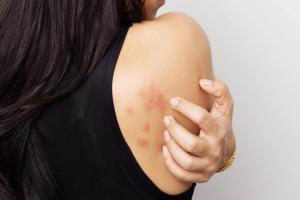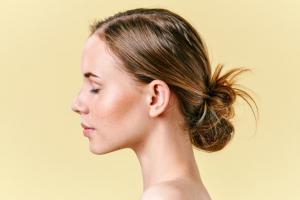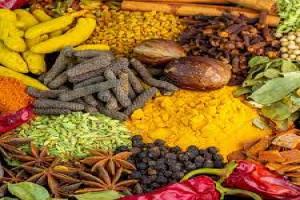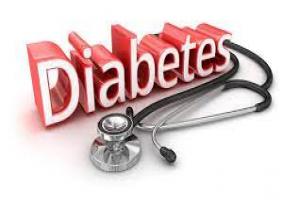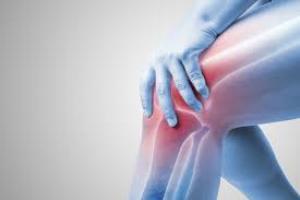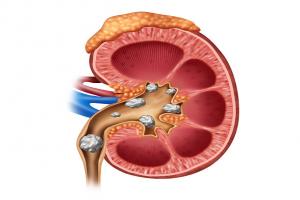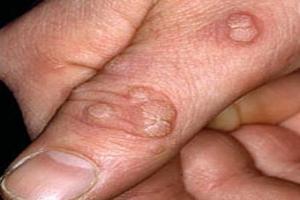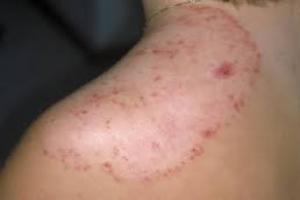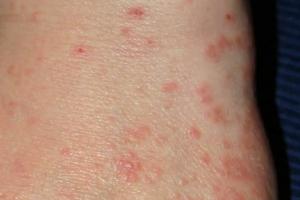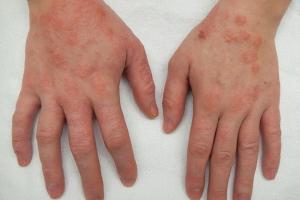HYPERACIDITY(AMLA PITTA)-CAUSES,SYMPTOMS AND MANAGMENT ACOORDING TO AYURVEDA & MODERN SCIENCE
Our stomach produces hydrochloric acid to digest the food that we eat. Whenever we eat, cells within the lining of the stomach pump acid to liquefy all the elements of that sumptuous dinner.##
Problems occur when these cells produce large amounts of acid, more than stomach needs. When this happens, you will suffer from stomach acidity. You would know if you were suffering from stomach acidity if you feel a burning sensation just above the stomach, or right below (the hollow part) your breastbone. This is the most classic sign of acidity.##
The first thing to rule out would be your diet – if it consists of refined, acidic or oily foods then they are most likely the reason behind your acid indigestion.##
According to Ayurveda, acid reflux is caused when the heat energy within our cells, known as Pitta, becomes imbalanced. Pitta is located in the stomach and is symbolized as a sharp, intense, hot and acidic energy.##
When an individual consumes pitta aggravating foods like vinegar, citrus juices, tomatoes, chilies, onions, garlic, alcohol, and fried foods, it leads to heartburn. Consuming caffeine and sodas also aggravates the pitta.
Stress, irregular eating patterns, sleep deprivation and taking painkillers as well as antibiotics also increases production of heat toxins which leads to heartburn. Let’s find out more about acid reflux treatment in Ayurveda.##
Acidity and Ayurveda##
In Ayurveda, acidity is referred to as Amla Pitta. By its very name, we can see that this disorder is caused by an imbalance of Pitta Dosha. The humor is governed by the elements of Fire and Water; these, in turn, govern the digestive fire and stomach enzymes.
This is also the reason why people of Pitta constitution tend to suffer from hyperacidity, peptic ulcers, and heartburn. Things that aggravate the Pitta dosha like stress, anger, hot and spicy foods, the extremely hot environment can also bring on a bout of acidity.##
While Pitta is usually the one blamed for acid indigestion, the Kapha dosha has its seat in the stomach and the chest. Because Kapha controls the digestive juices and generates mucus, indigestion that stems from weak metabolism and mucus congestion are common patterns in acid reflux.##
You can identify a Kaphic acid reflux if you have a feeling of sluggishness, feel a bitter taste in your mouth after late-night meals, chest congestion in the morning, a heavily coated tongue and a tendency to pile on weight.##
Body part(s) involved-
ï‚·Esophagus
ï‚·Stomach
ï‚·Intestine
Usually seen in
ï‚·Adults above 30 years of age##
Gender affected
ï‚·Both men and women
Causes Of Acidity-##
Some of the common causes of acidity include:
1. Food and dietary factors-
Eating spicy foods containing excessive amounts of chillies, pepper, vinegar, and paprika
Deep fried and oily foods,
Excessive intake of caffeine in the form of tea, coffee, and chocolate,
High intake of table salt,
Diet low in dietary fiber,
Overeating or eating at irregular intervals,
Unhealthy habits like lying down just after eating,
Eating just before strenuous physical exercise.##
2. Lifestyle factors-
Frequent smoking,
Excessive intake of alcohol, soda or carbonated drinks,
Lack of sleep,
Lack of physical activity.##
3. Ailments and medications-
Excessive stress, anxiety, or depression,
Stomach diseases like peptic ulcer, gastro-esophageal reflux disease and stomach cancer,
Medications like painkillers, antibiotics, chemotherapy medications and antidepressants.##Â
Risk Factors Of Acidity-
The following conditions are related to increased risk of acidity:-
Medical conditions such as asthma, diabetes, celiac disease, and connective tissue disorders like -
Delayed stomach emptying,
Overweight/obesity,
Pregnancy,
Women who are nearing menopause,
Women on hormone replacement therapy.##
Symptoms Of Acidity-##
ï‚·Respiratory problems
ï‚·Sudden weight loss
ï‚·Burping and belching
ï‚·Vomiting
ï‚·Dry throat and chronic dry cough
ï‚·Lack of appetite
ï‚·Pain in ears
ï‚·Heartburn
ï‚·Chest and stomach pain
ï‚·Hair loss
ï‚·Bitter taste in the mouth
ï‚·Irritation in the rectal region
ï‚·Flatulence
ï‚·The pressure in the chest after eating
ï‚·Feeling of restlessness
ï‚·The occurrence of blood may be seen in the stools##
Diagnose-
ï‚·Endoscopy Barium
ï‚·pH Monitoring
ï‚·Esophageal Manometry##
Diet & Lifestyle Advice-##
ï‚·Avoid tea, coffee, and carbonated or alcoholic beverages.
ï‚·Avoid processed and fermented foods.
ï‚·Avoid using garlic, ginger, onions, tomatoes, and vinegar in cooking.
ï‚·Also avoid rich gravies, sour, salty, and spicy foods.
ï‚·Curd should be strictly avoided at night.
ï‚·Take meals in a relaxed atmosphere at regular intervals.
Practice Yoga and Pranayama such as Vajrasana, Bhujangasana, Salabhasana, Bhastrika Pranayama,Shitali Pranayama and Shitkari Pranayama.##
Medical management-##
As the disease is of Pitta origin, all measures are undertaken to pacify pitta.
Line of treatment
ï‚·Avoid causative factors
Palliative treachakarma treatment When patient cannot be well managed with oral medications ‘Panchakarma procedures’ like Vamana (emesis) or virechana (purgation) whichever is needed should be administered. In chronic cases Asthapanavasti (medicated enema) is indicated.##
Some important single drugs-
ï‚·Shatavari - 3 gm twice a day with milk##
ï‚·Yashtimadhu - 3 gm twice a day with milk##
ï‚·Amalaki (Indian gooseberry) - 3 gm twice a day with water##
ï‚·Sunthi (dry ginger) - 1- 3 gm twice a day with water##
Treatment in modern science -
Antacids: Aluminum Hydroxide, Magnesium Trisilicate & Calcium Carbonate##
H2 receptor blockers: Famotidine & Ranitidine ##
Proton pump inhibitors: Omeprazole, Pantoprazole & Rabeprazole##
Prokinetic drugs: Domperidone, Metoclopramide & Levosulpiride##
Coating drugs: Sucralfate & Colloidal bismuth (CBS)##
Home Remedies to Prevent Acidity-
ï‚·Take powder of roasted cumin and coriander seeds (25 gm each) and mix with 50 gm of sugar. Take half spoon of it 3 times a day to get rid of hyperacidity.##
ï‚·Make a powdered mixture of equal parts of rock candy (or unrefined sugar), fennel, and green cardamom. Whenever you feel heartburn, mix 1 teaspoon of the mixture in a glass of cold milk and drink.##
Drink 100-500 ml of tender coconut water twice a day for relief from hyperacidity Mix equal parts of powdered fennel, licorice root, basil leaves and coriander seeds. Have ½ teaspoon of this mixture with ½ teaspoon of powdered rock candy (or unrefined sugar) 15 minutes before lunch and dinner.
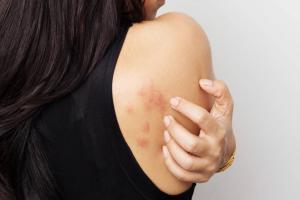 Health
Health
